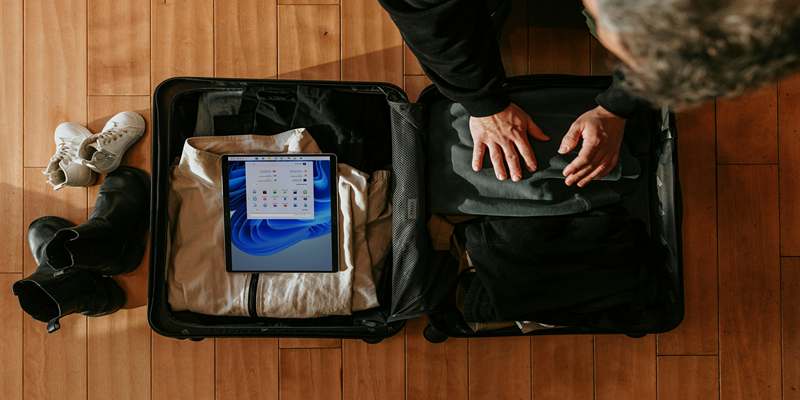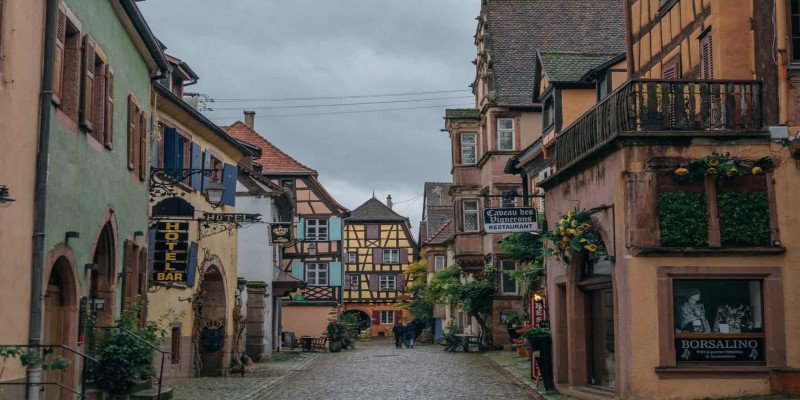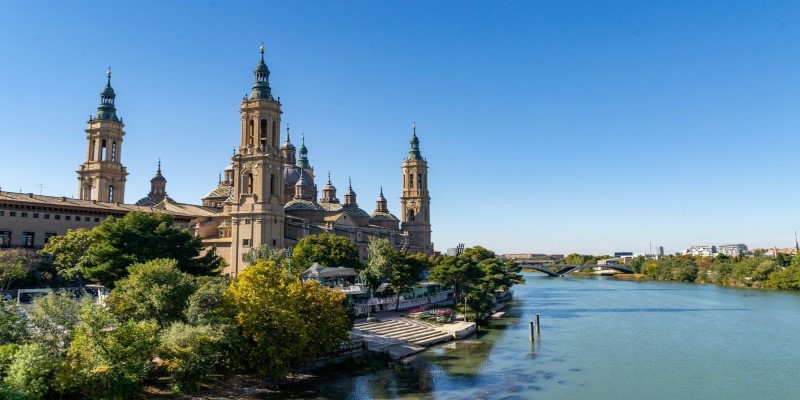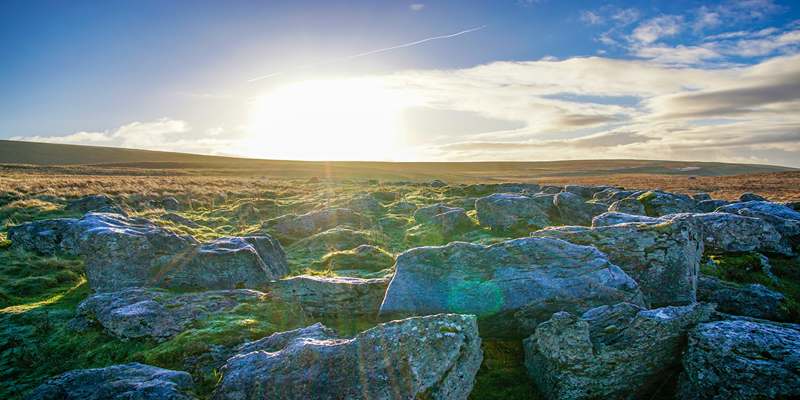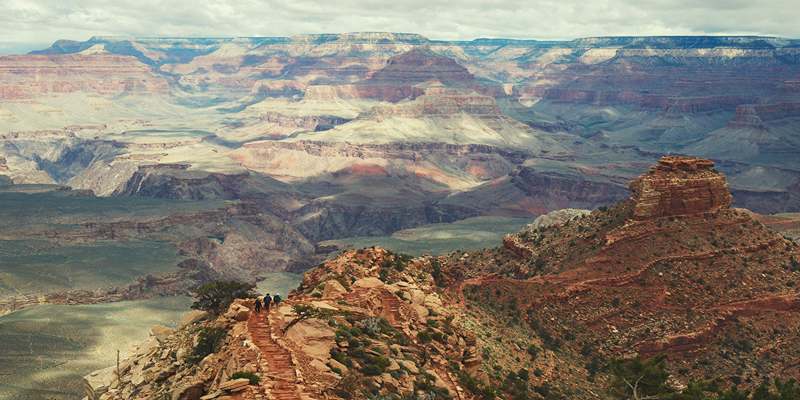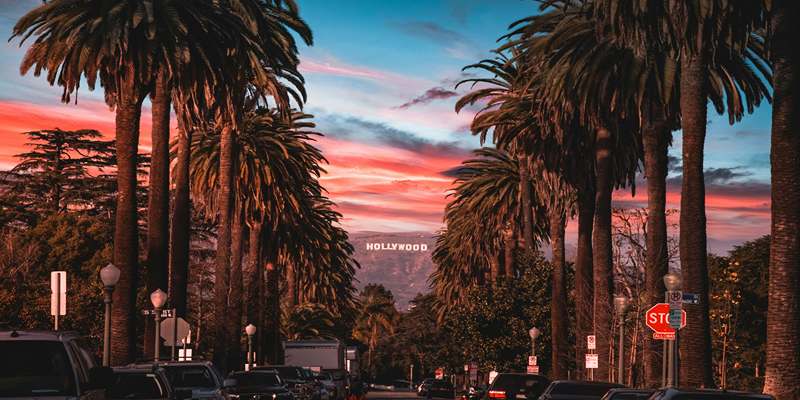Salzburg isn’t just the birthplace of Mozart or a city framed by mountains and baroque buildings. It’s a place where museums are as much a part of daily life as coffeehouses. Some are tucked inside old palaces, others focus on music and science. You’ll find history layered across centuries—displayed through art, instruments, maps, furniture, and even puppets. Whether you're visiting for the culture, the landscapes, or the quiet charm of a smaller Austrian city, these museums help explain why Salzburg stands out.
Top 10 Museums in Salzburg That Bring Its History and Music to Life
DomQuartier Salzburg
DomQuartier is more than just a museum—it's a walk through Salzburg's baroque power base. Connected rooms span the Residenz, the cathedral, and the Benedictine monastery of St. Peter. Every corner gives a glimpse into how church and state shaped the city's identity. Expect richly decorated halls, religious art, and views into the cathedral from above. The layout is a museum in motion, making you feel like you are part of the history it presents.
Mozart’s Birthplace
Right in the middle of Getreidegasse, in a tall yellow house, is where Wolfgang Amadeus Mozart was born in 1756. Today, it’s a museum filled with personal items—childhood violins, letters, even a lock of his hair. But it’s not just about the man himself. The space gives a sense of daily life in 18th-century Salzburg. Rooms are set up as they might have looked when his family lived there, giving the house a more personal feeling than many biographical museums.
Salzburg Museum
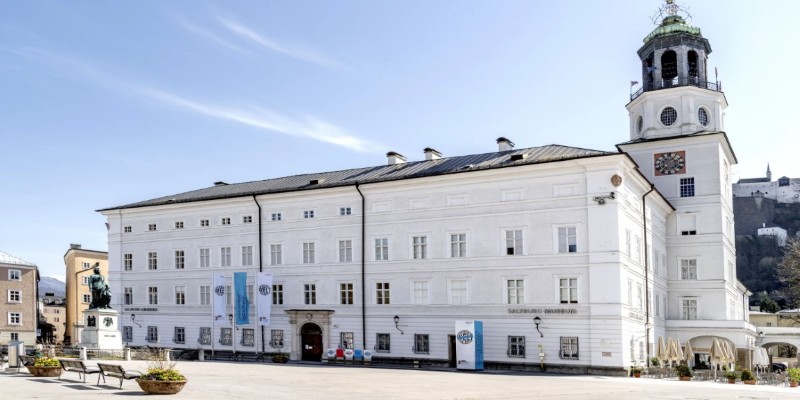
Located in the Neue Residenz, the Salzburg Museum covers the city’s art, culture, and history across several periods. It’s a quiet, uncluttered place with a focus on presentation. Each room feels thoughtfully arranged, giving attention to everything from medieval paintings to modern design. The museum avoids over-explaining, which lets the objects do most of the storytelling. Special exhibitions often focus on themes tied to the city’s cultural shifts.
Museum der Moderne Rupertinum
This smaller branch of the Museum der Moderne, located near the city center, focuses on post-war and contemporary art. Housed in a building that was once a boarding school for priests, it contrasts old Salzburg with new voices in art. The collection includes Austrian artists but often reaches beyond the country's borders. It's not overwhelming, which makes it a good stop, even if you're not usually drawn to modern art. Exhibits change frequently, so repeat visits offer something new.
Museum der Moderne Mönchsberg
Up on the Mönchsberg cliff, this larger sister museum to the Rupertinum is all clean lines and glass panels. Getting there by elevator already feels like a shift—one minute, you're in the Old Town, and the next, you're above it all. The museum's collection covers major 20th and 21st-century artists, both Austrian and international. Large-scale installations, photography, and digital media play a big role here. The surrounding views of Salzburg are part of the experience, and the museum's terrace café often draws in visitors for the panorama alone.
Toy Museum (Spielzeug Museum)
This is a favorite with families but surprisingly enjoyable for adults, too. The Toy Museum covers traditional European toys, games, and childhood items across different eras. The building itself is cozy and low-key, making it feel more like a local collection than a formal institution. It includes hands-on play areas for kids but also displays of handmade wooden toys and older games that reveal what childhood looked like before screens.
Hohensalzburg Fortress Museums
The fortress isn’t just one museum but a cluster of exhibits across its thick walls. There's the Fortress Museum, the Marionette Museum, and the Armoury. Each has its focus, from military tools and medieval weaponry to the puppetry tradition Salzburg is known for. The buildings themselves are part of the exhibit—walking through narrow stone corridors and towers brings the city's defensive past into the present. The panoramic views over Salzburg and its mountains add an extra layer to the experience.
Stiegl-Brauwelt
While it focuses on brewing, this museum is more about the process than the product. Set inside a historic part of the Stiegl brewery, it guides visitors through the history of brewing in Salzburg and how techniques have changed over time. A standout feature is the working mini-brewery, where you can see the equipment in action. The museum emphasizes a sensory experience—with smells, sounds, and textures—that sets it apart from more traditional exhibitions.
Panorama Museum
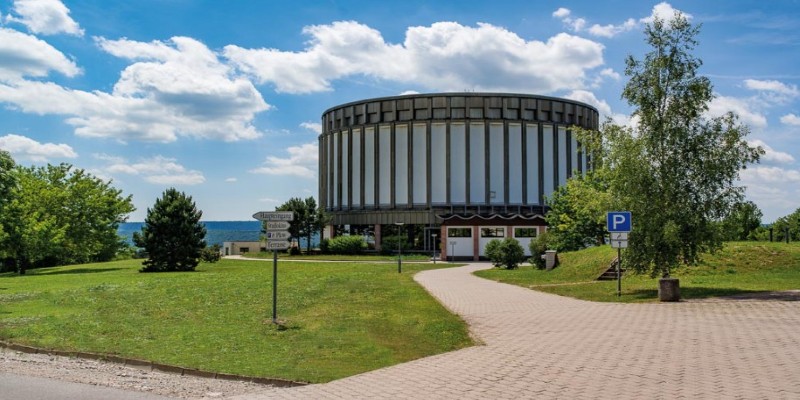
At the core of this museum is a massive 19th-century panoramic painting of Salzburg, created by Johann Michael Sattler. The painting wraps around the room in a 360-degree view, showing what the city looked like in 1829. It’s remarkably detailed and feels like a historical time capsule. The museum also includes other landscapes and architectural drawings from the same period, but the main painting is the reason to visit. It’s surprisingly immersive, even in an age of digital imagery.
Hellbrunn Palace and Folklore Museum
Hellbrunn Palace itself is famous for its trick fountains, but inside the old Monatsschlössl—a small building on the grounds—you’ll find the Salzburg Folklore Museum. It’s a short uphill walk through the woods to get there, but it’s quiet and full of charm. The collection includes costumes, tools, rural furnishings, and items tied to seasonal traditions across Salzburg's countryside. It paints a picture of life away from the city, showing how people celebrated, worked, and made things by hand.
Conclusion
The 10 best museums in Salzburg, from historic palaces to music heritage, give you more than just a list of places to tick off. These museums capture different aspects of Salzburg's character—from grand halls of power to quiet corners of craft and childhood. They're not overwhelming and often set in manageable spaces, allowing you to take your time. Some highlight the city's most famous residents, while others dive into everyday life. Whether you're here for a weekend or longer, taking the time to visit these museums adds context to the beauty you see on the streets.



